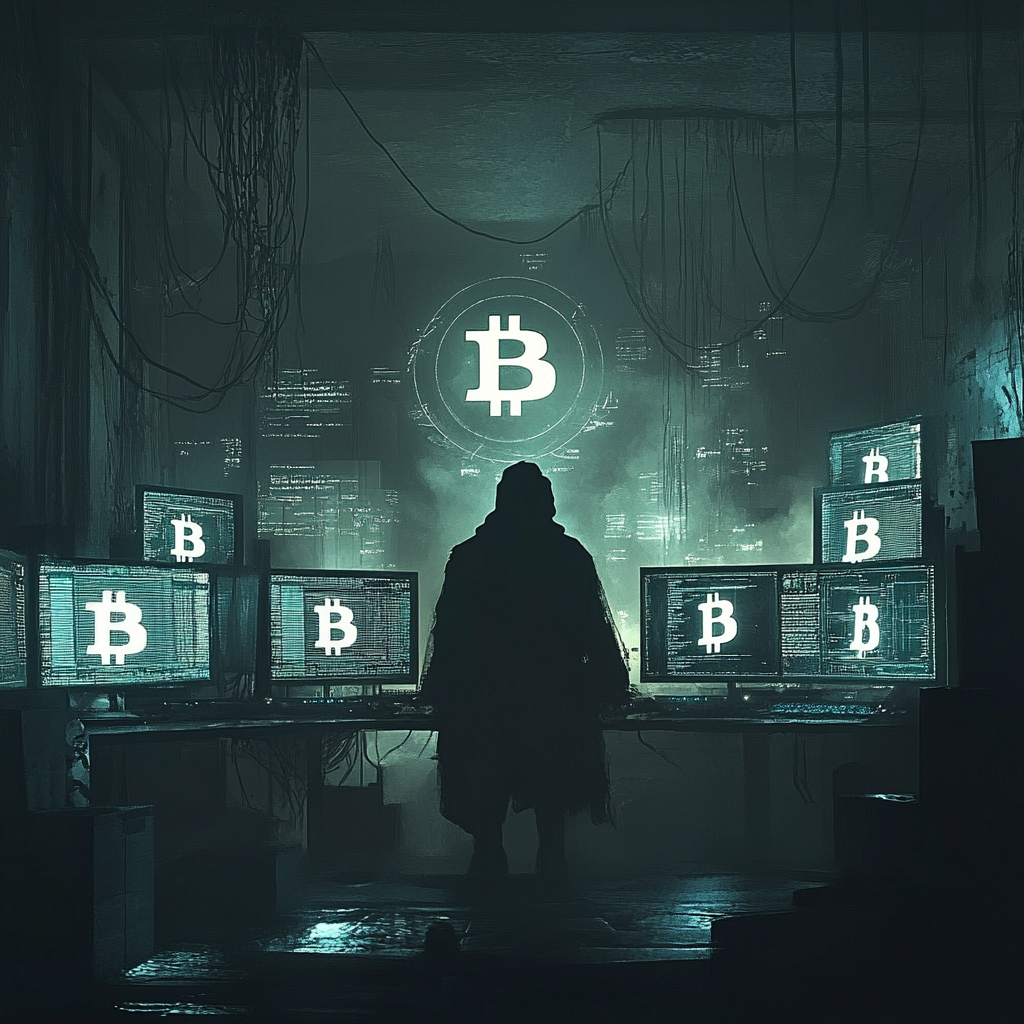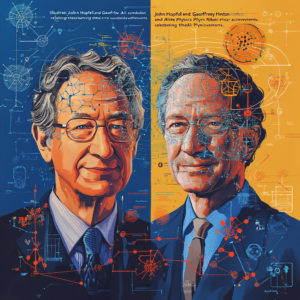
The Elusive Satoshi Nakamoto: Another Claim, Another Denial
In the swirling, enigmatic realm of cryptocurrency, where fortunes rise and fall like the tides of an unpredictable sea, the identity of Bitcoin's creator, the mysterious Satoshi Nakamoto, remains an unsolved riddle that tickles the minds of enthusiasts and skeptics alike. For over 15 years, this shadowy figure has danced just beyond the reach of curious hands and probing eyes, a ghost cloaked in digital anonymity. But recently, the HBO documentary "Money Electric: The Bitcoin Mystery" has ignited this already explosive saga by positing the claim that Peter Todd, a Canadian software developer, is indeed the man behind that fabled pseudonym.
Now, here’s where it gets juicy. Directed by Cullen Hoback, who previously tantalized viewers with "Q: Into the Storm," this latest film dives deep into Bitcoin’s origins, its meteoric rise, and its turbulent waters. But just when you think you’ve seen it all, the documentary takes a sharp turn in its closing act, leading us to contemplate the curious case of Peter Todd as the long-elusive Nakamoto. It’s like finding a plot twist in a novel that you thought you had figured out—dramatic and unexpected.
The documentary weaves its web of intrigue with a mix of correspondence and conjecture. Hoback throws into the mix a series of communications featuring Todd and an enigmatic figure named “John Dillon,” who dangles the tantalizing bait of being involved with U.S. intelligence. The insinuation here is that Todd acted through Dillon as a sort of phantom ventriloquist, subtly maneuvering the conversation around Bitcoin, specifically about the implementation of something called replace-by-fee (RBF). The theory, albeit fascinating, already smacks of melodrama—like a classic whodunit where the butler is always the last person you suspect.
But our protagonist, Peter Todd—who, let’s remember, was only 23 when Satoshi gifted the world with the Bitcoin white paper—has not taken this claim lying down. His responses drip with a mixture of humor and exasperation. He’s called the documentary’s assertions a “crazy theory,” accusing it of being nothing but a “marketing ploy” to siphon off media attention. One can imagine him sitting back, maybe with a cup of coffee in hand, shaking his head at the absurdity of it all, pondering just how far some will go to seize their moment in the limelight.
Todd doesn’t stop there. He meticulously dismantles the documentary’s foundation, pointing out inconsistencies that would make any detective’s heart flutter. According to Todd, a discussion on the platform YCombinator featured fellow Bitcoin developer Greg Maxwell acknowledging that Todd operated under the name "retep" back then, not the more famous Nakamoto alias. This is important because it scraps Hoback’s assertion that Todd’s identity intertwined with Nakamoto’s—like mismatched puzzle pieces that just won’t fit no matter how hard you press.
Now, you’d think that with such shocking claims, the crypto community would be buzzing with excitement, right? Well, not quite. Skepticism reigns supreme among the Bitcoin aficionados and tech-savvy followers who routinely swim through the blockchain waters. They’ve criticized Hoback’s endeavor as more of a sensationalist venture than a serious expedition in truth-seeking. For many, it feels like a haphazard attempt to fashion a compelling narrative rather than digging for the cold, hard facts that really matter. The mere mention of Peter Todd in the documentary’s climax feels flat, lacking the depth and texture that a story of such magnitude deserves.
Moreover, casting aside Todd’s claims as substantial evidence of Nakamoto's identity leaves curious minds pondering what really lies behind all the linguistic clues and the scattered connections to other Bitcoin guardians, including Adam Back. The collective sigh from the community is almost palpable. After all, theories that involve a web of relationships can often lead us astray in the labyrinth of speculation, and the lack of concrete evidence keeps most fans from buying into this rewoven narrative.
As we sit back and observe this ever-evolving epic, we cannot help but note the tangled legacy of Satoshi Nakamoto. Indeed, while the mystery continues to captivate our imaginations, the contributions of this elusive figure have sparked a revolution that redefined money itself. Just imagine—Satoshi's wallet is thought to hold a staggering 1 million Bitcoins, valued at over £46 billion, and yet, it sits dormant, untouched by time. It’s as though the owner has vanished into thin air, adding layers to an already rich and enthralling tapestry.
So, here we are, still in the midst of the hunt for Satoshi. Each new claim tossed into the arena of public opinion only thickens the intrigue surrounding this already legendary figure. While "Money Electric: The Bitcoin Mystery" strives to shine a light on Bitcoin’s origins, it leaves us with more questions than answers. As Peter Todd humorously pointed out, "This is going to be quite amusing when you include this in the documentary and a number of Bitcoin enthusiasts watch it," highlighting not just the enigma but the community’s resilient spirit. After all, it’s this very dance of curiosity, skepticism, and speculation that makes the search for Satoshi Nakamoto so fiendishly delightful.
Now, how about you? Are you craving more insights into the latest developments surrounding neural networks and automation? The world is spinning fast, and you wouldn’t want to miss a beat—so why not join in on the excitement? Want to stay up to date with the latest news on neural networks and automation? Subscribe to our Telegram channel: @channel_neirotoken

